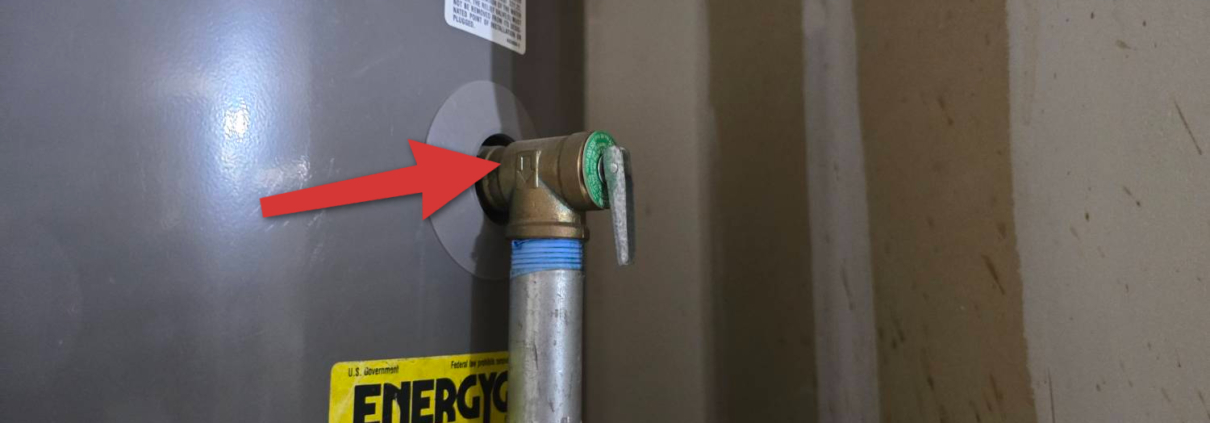The Importance of Temperature Pressure Relief Valves: A Home Inspector’s Perspective
As a home inspector, one of the essential components I pay close attention to during an inspection is the temperature pressure relief (TPR) valve on water heaters. While often overlooked by homeowners, the TPR valve is a crucial safety device that prevents potentially catastrophic situations from occurring. This small, yet critical valve is responsible for releasing pressure and reducing the temperature inside a water heater tank if either rises to dangerous levels. A malfunctioning or missing TPR valve can lead to severe property damage, injury, or even loss of life, making it vital to ensure it is properly installed and functioning.
The primary purpose of a TPR valve is to act as a safety mechanism by preventing the buildup of excessive pressure and temperature inside a water heater. Over time, if a water heater malfunctions, water inside the tank can overheat, and pressure can rise beyond safe limits. Without a properly functioning TPR valve, the tank can fail under pressure, resulting in an explosion that can cause significant property damage and serious injury. From a home inspector’s perspective, ensuring this valve is in place and operating correctly is crucial to the safety of a home.
During an inspection, I carefully examine the TPR valve for several key factors. First, I check that the valve is present and correctly installed on the water heater, usually located on the top or side of the tank. I also ensure that the discharge pipe attached to the valve runs down to within 6 inches of the floor. This pipe is designed to safely direct any hot water or steam that may be released away from people and sensitive areas. A missing or improperly installed discharge pipe is a red flag, as any sudden release of hot water or steam without proper direction can cause injury or damage.
Additionally, I always test the valve to ensure it functions as intended. A properly working TPR valve should release water when manually lifted, then close back securely without leaking. If the valve is corroded, stuck, or shows signs of damage, it must be replaced immediately. Homeowners may not be aware of the need to test or replace TPR valves, which is why this aspect of the inspection is so critical. Regular maintenance and inspection of the TPR valve are essential to prevent malfunction or failure.
One common issue I encounter during inspections is the improper installation of TPR valves or the use of incorrect materials for the discharge pipe. The pipe should always be made from metal or approved materials, such as CPVC, that can withstand high temperatures. Any use of flexible materials, improper routing, or obstructions in the discharge line could render the safety mechanism ineffective. These are issues that need to be addressed immediately, as they pose serious risks to the home’s occupants.
In conclusion, from a home inspector’s perspective, the temperature pressure relief valve is a critical safety device that should never be neglected. It provides vital protection against the risks of overheating and excessive pressure in water heaters. Homeowners should be aware of its importance, ensure it is installed correctly, and have it tested regularly. Ignoring this simple yet crucial component can lead to devastating consequences, and addressing any issues with the TPR valve is a key part of maintaining a safe home.




Leave a Reply
Want to join the discussion?Feel free to contribute!